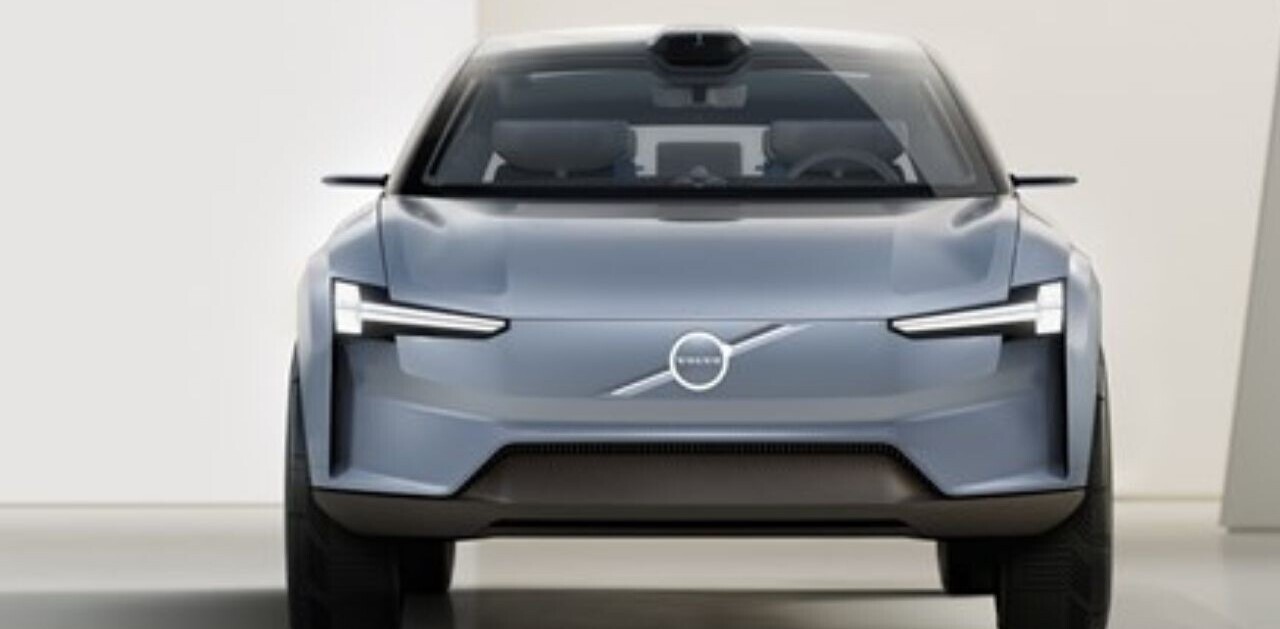
TNW Answers is a live Q&A platform where we invite interesting people in tech who are much smarter than us to answer questions from TNW readers and editors for an hour.
Sex, and specifically female sexual pleasure, is a long-held taboo in our society. In recent years, the sex tech industry has had to deal with a range of challenges. It’s not an easy task to break the taboos around sexual pleasure and design sex toys to suit a wide variety of anatomically different bodies, all with different needs and preferences.
When sex toys became popular in the ‘70s, the industry was entirely dominated by men. This made it even trickier for women to enter the design process and try to deviate from the long-established and stereotypical phallic shapes. Now, women-led sex tech companies are finally entering the industry and turning their products into innovative, non-intimidating, and more female-focused toys.
Last week, TNW hosted an Answers session with Lora Haddock DiCarlo, the founder and CEO of the startup Lora DiCarlo, and Alexandra Fine, the CEO and co-founder of Dame Products, a sex tech company with a range of unique sex toys.
Read: [The evolution of sex toys: From 30,000-year old stone dildos to hi-tech vibrators]
Products should be based on needs, not assumptions
Both DiCarlo and Fine strive to create products that enhance pleasure and intimacy while breaking out of the stereotypical shapes and designs that have dominated the industry for decades. Their companies left behind the mere replication of traditionally shaped dildos and moved their focus to a more scientific, empathic approach to orgasm.
“Female sexuality is often regarded as two parts mystery and one part biology,” DiCarlo said. “That’s why we offer a biomimetic solution designed to simulate the best kinds of human touch. We use compliant materials that conform to an individual’s anatomy, very similar to the way we make prosthetics. We want it to be as human as possible, and the catalyst to the path for each individual’s sexual self-discovery.”
However, it takes a lot of research and anatomical data to design products that aren’t based on assumptions but on realistic human needs. As Fine explains, over 70% of women need clitoral stimulation to reach an orgasm. For this reason, designing sex toys for internal stimulation doesn’t always make sense.
“Eva, our first product, is designed to be worn in the vulva and took a ton of user testing to design,” Fine explained. “We’ve done everything from sending out multiple versions of a product to testers to having testers come in and give us visual data — we’ve paid professionals to take off their pants and test out the fit in front of us.”

The accessibility factor in the design process
When it comes to sex toys, one size simply doesn’t fit all: Everybody is unique. A simple and ergonomic design can make a product accessible for a variety of users, including people with limited use of their hands, mobility issues, or any other physical needs.

“Physical accessibility was one of the first early considerations when I began designing Osé,” DiCarlo says. “I’m not insinuating that we’ve solved the problem with this product but we’re tracking towards making it a continual consideration.”
Dame Products also focuses on accessibility, especially with a product called Kip. Its design was inspired by prism-shaped pencil holders for the disabled. Kip’s creators used a similar approach, to create a shape that’s intuitive and easy to hold from different angles.
There are other important aspects of accessibility that are often not taken into account, such as cost. “Though our first products are at a higher price point due to the quality, the cost to engineer, and manufacture, we are still adamant about providing lower cost and ‘intro’ items as we continue to grow and scale the business,” DiCarlo explains.

The importance of inclusive design
Design plays an important role in the overall experience of sex toys. A well-structured, user-friendly product can satisfy the needs of those who are rarely taken into account when it comes to sexuality.
Accessible sex toys not only require meticulous scientific research, but also the willingness to open the unexplored conversation around them. DiCarlo and Fine, like many others in the industry, are focusing on the production of sex toys with smart and inclusive design, refraining from spewing out the same products over and over and enriching the range of choice in the landscape of sex tech.
“If there is one thing sexuality research has taught me it’s that humans are diverse and creative,” explains Fine when asked how sex toys will look like in 10 years’ time. “We will have more products that help us have virtual experiences and communicate better with our partners.”
You can read the whole of Sex Tech Panel TNW Answers session here.
Get the TNW newsletter
Get the most important tech news in your inbox each week.




